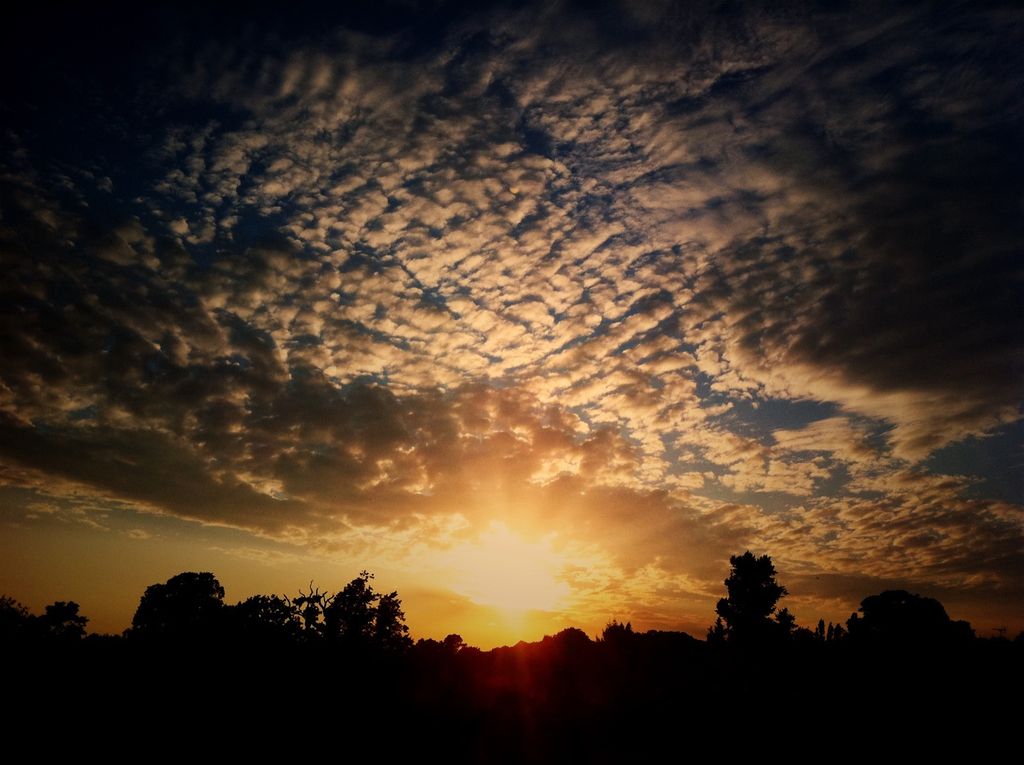City Lights and Heat: How They Impact Plant Growth in Europe
Urban Vegetation Bloom Earlier and Last Longer: Reasons Unveiled
City nights are vibrant under the glow of street lamps, neon signs, and brightly lit shops. But did you know this constant light has consequences for Mother Nature? A research team from Vanderbilt University in Nashville, Tennessee, found this to be true. Artificial urban lighting can delay the natural end of the growth period for plants in autumn by around eleven days, and it also causes growth to start about 12.5 days earlier than in rural areas due to higher urban temperatures.
City vs. Countryside: When the Seasons Start First
Most cities where the growing season starts more than ten days earlier compared to the countryside are located in Southeast Asia and North America, as well as on the northwest coast of Europe.
A Closer Look at Artificial Light and Higher Heat Radiation
The growth periods of plants are primarily regulated by light and temperature. led by Lin Meng, the research team wanted to know if artificial light and increased heat radiation from concrete, stones, and other building materials had any impact on flowering, growth, and when plants shed their leaves.
When Seasons Change Earlier: Spring
In spring, both temperature and lighting contribute around equally to the earlier flowering of city plants compared to those in the countryside. However, in autumn, artificial light is the main factor that delays leaf coloring and shedding, thus extending the growing season.
Exceptions and Water Scarcity
There are exceptions to these general trends. In some European cities with high temperatures, the researchers found a shorter growing season in certain cases. They attribute these cases to water scarcity, as higher temperatures in the summer and early autumn can lead to a decrease in water availability, causing premature leaf aging and accelerated autumnal developments.
The Role of LED Lighting
Traditional lamps, such as sodium vapor lamps, have been gradually replaced by energy-saving LED (light-emitting diodes) in recent years. Although LEDs emit less heat, they can still contribute to light pollution and potentially affect plant development. The study notes that the impact of LEDs on urban plant growth has been less extensively researched than their energy-efficiency benefits.
Getting to the Heart of the Matter
To learn more, further research is needed to understand how the specific features of LED lighting, such as its pronounced blue light emissions, may affect plant growth compared to other forms of illumination.
Sources: ntv.de, Stefan Parsch, dpa
- Artificial Light Pollution
- Urban Heat Islands
- LED Technologies
- Plant Phenology
- Urban Ecology
- The study conducted by Lin Meng's research team at Vanderbilt University revealed that artificial light and increased heat radiation from urban infrastructure, such as buildings and roads, can impact plant growth, influencing factors like flowering, growth, and leaf shedding.
- In the field of environmental science, urban ecology, and plant phenology, there's growing interest in understanding how the shift towards LED lighting, with its unique blue light emissions, may influence plant development differently than traditional sources like sodium vapor lamps.
- As cities transition towards using LED lighting for its energy-saving benefits, researchers emphasize the need to comprehensively study its potential impact on urban plant growth, given the role of artificial light pollution and urban heat islands in extending growing seasons and altering the natural rhythm of plant life.





